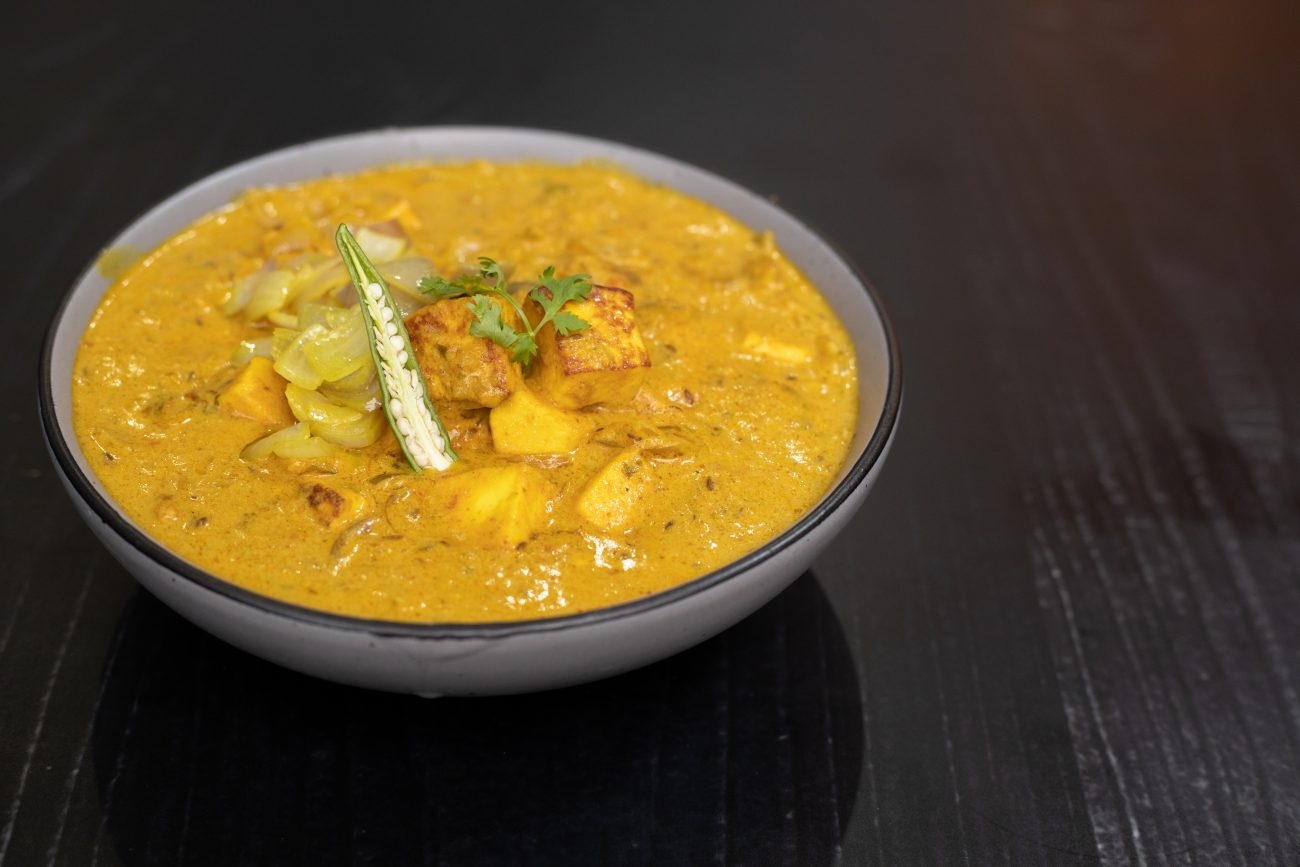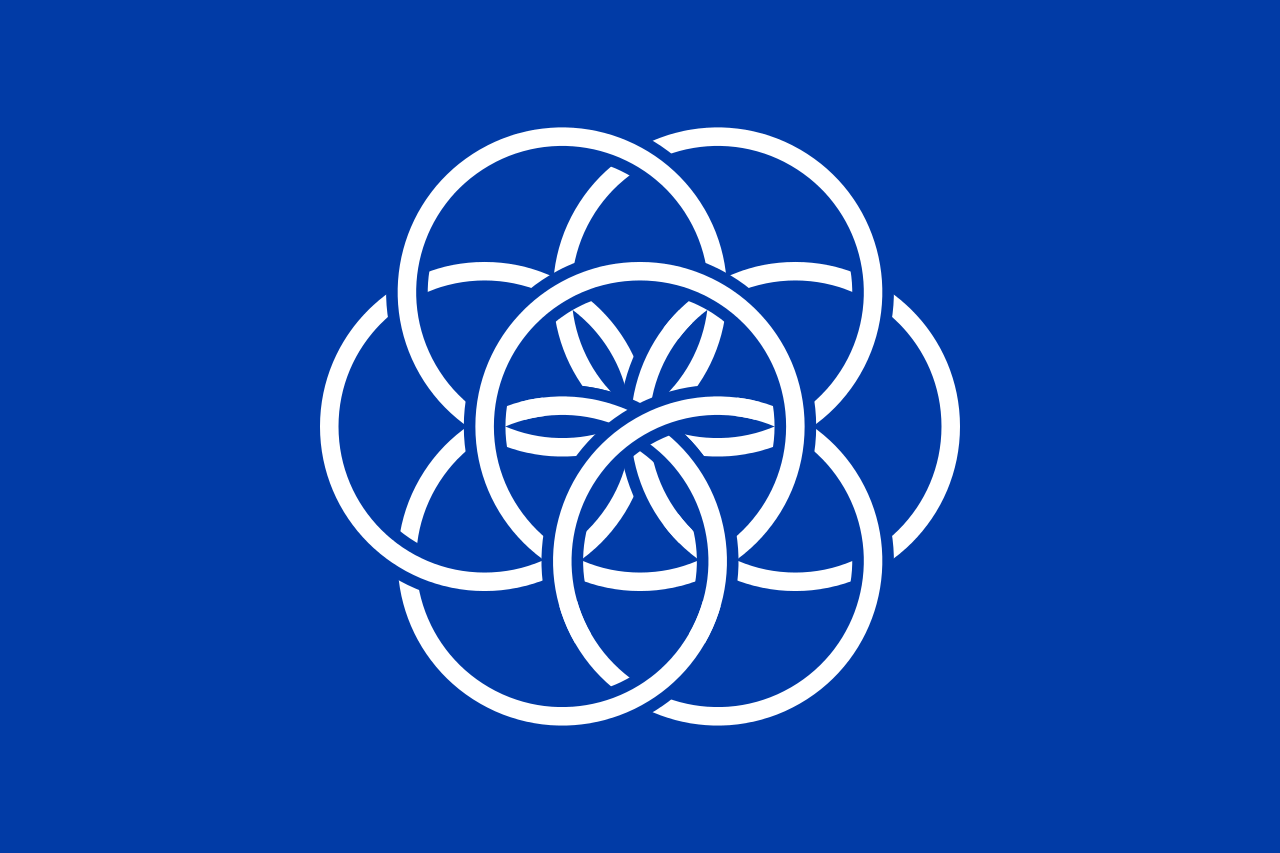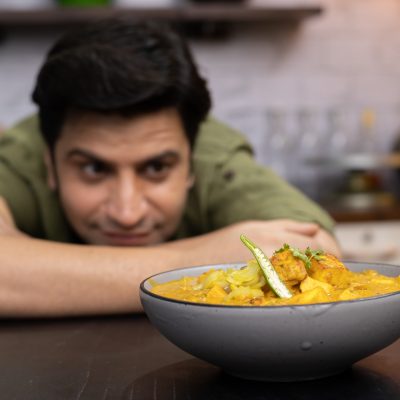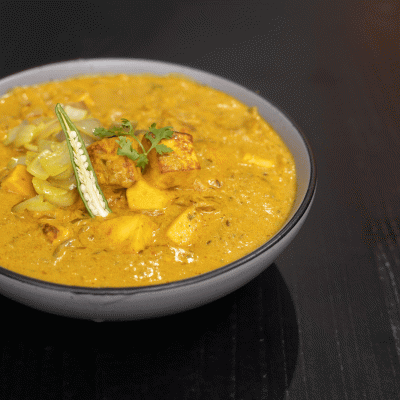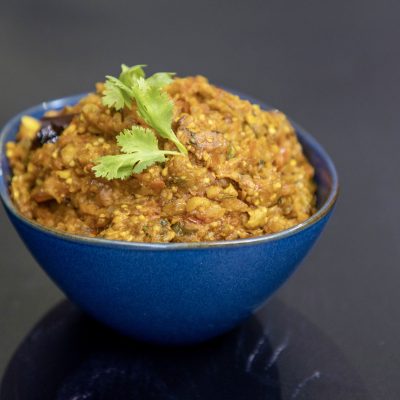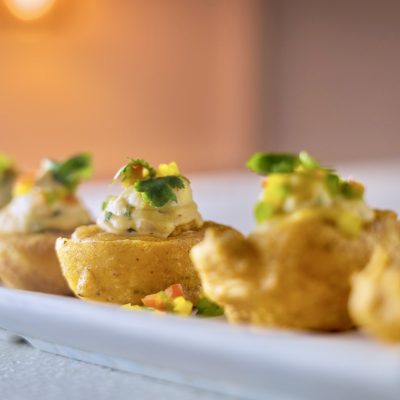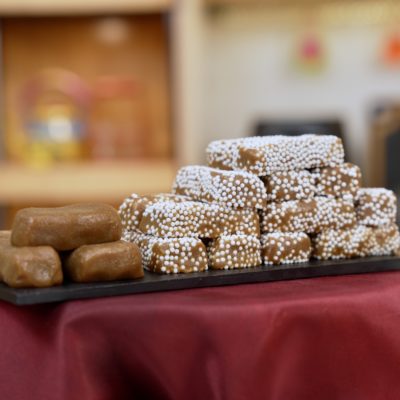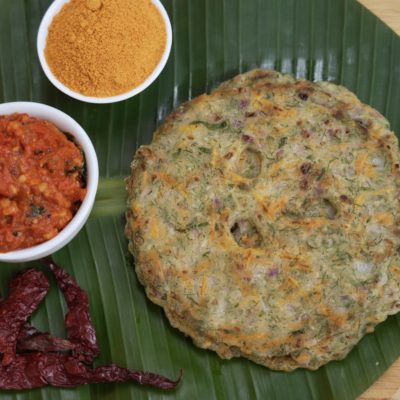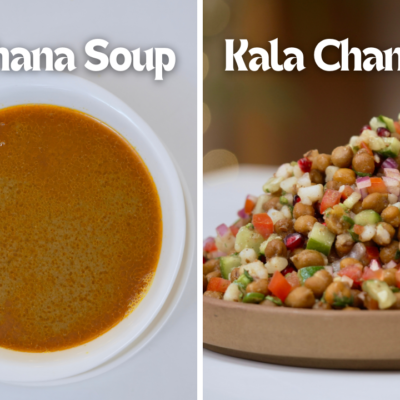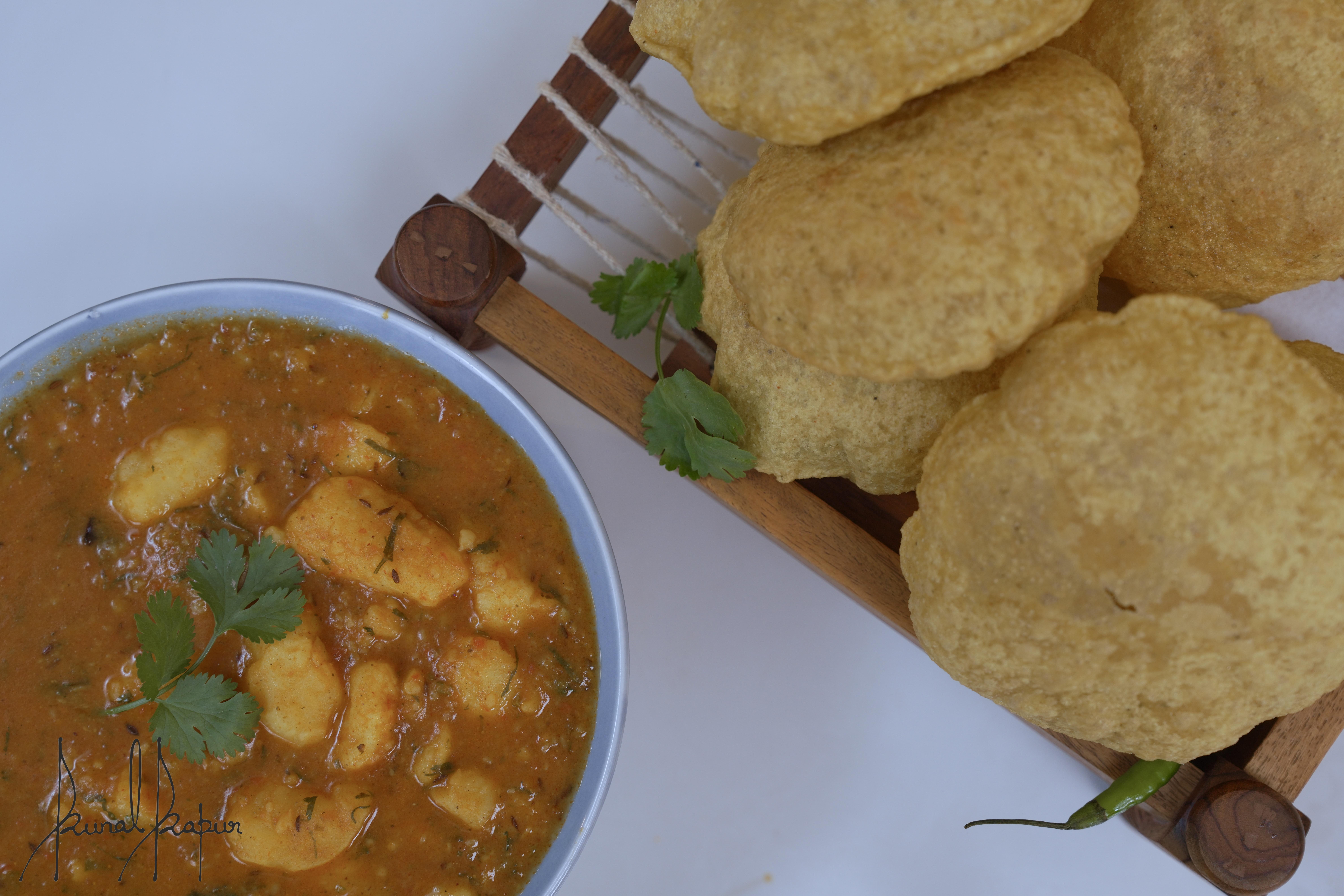Directions
Interesting Facts about Paneer
Paneer cheese is a fresh, creamy, normally unsalted cheese. It’s widely used in north India, and in nearby countries like Afghanistan, Nepal, Bangladesh, and Pakistan. Traditionally, it was made with buffalo milk in these countries.
Modern paneer is usually traced back to the Persian and Afghan rulers who introduced it in the 16th century, primarily in North India, where it was made with either goat or sheep rennet.
Today’s method of making paneer, which involves “breaking” milk with an acid like lemon juice, may have been introduced by the Portuguese in Bengal in the 17th century – and this is when cheeses like paneer and chhena first entered their modern forms.
During Indus Valley cheese was made and possibly using rennet. So when aryan came and invaded they discontinued the practice as they believed that milk should not be curdled.
Ingredients
- Oil – 6tbsp
- Bayleaf – 1no
- Black cardamom – 1no
- Cardamom – 5nos
- Cinnamon stick – 1no
- Cumin – 2tsp
- Onion (finely chopped or puree) – 1½ cup
- Ginger paste – 1tbsp
- Garlic paste – 1tbsp
- Water – as dash
- Turmeric – ¾ tsp
- Kashmiri chilli powder – 1½ tsp
- Coriander powder – 2½ tbsp
- Salt – to taste
- Curd – ¾ cup
- Green chilli – 1 no
- Tomato puree (fresh) – ½ cup
- Water – 750ml
For Tossing
- Butter – 2tbsp
- Oil – 1tbsp
- Onion diced – 1½ cup
- Salt – to taste
- Turmeric – ¼ tsp
- Green chilli (slit)- 1no
- Paneer cubes – 1½ cups
- Salt – a pinch
- Cashew nut Paste – 4tbsp
- Coriander chopped – handful
- Garam masala – a generous pinch
Steps
|
1
Done
|
Begin by heating oil in a deep kadhai or pan on medium heat. Once the oil is hot, add in the whole spices one by one. Stir well. |
|
2
Done
|
Next, add in finely chopped onion, fry till it gets a brown colour. As the colour develops, add in the ginger garlic paste and cook till the raw flavour of the pastes is gone. Once the pastes are cooked, add in some water to stop the cooking of onions. |
|
3
Done
|
Now, add in the dry masalas. Stir well on medium heat to roast the spices. |
|
4
Done
|
|
|
5
Done
|
Cook the tomato puree for about 5 min on medium heat until the oil begins to leave the masala again. Once the masala is cooked, add in the remaining water and leave to simmer. |
|
6
Done
|
Meanwhile, in another pan, heat the butter along with a dash of oil, on high flame and add in the diced onions. Sprinkle with salt and turmeric. Toss these onions until they soften yet remain a little bite. |
|
7
Done
|
Next add in slit green chilli and toss for about 2 min. Take off from the heat and reserve. |
|
8
Done
|
In the same pan, that was used to cook the onions, add a little more oil and toss in the cubed paneer, on high heat. Sprinkle with salt and cook till the sides of the paneer begin to get a nice golden colour. |
|
9
Done
|
The gravy must be close to getting ready at this point. If the curry is a little too thin then add in 4 tbsp of cashew paste. You can alternatively also use magaz paste or poppy seed paste or almond paste. Dilute the cashewnuts paste before adding to the gravy to avoid forming of lumps. |
|
10
Done
|
Simmer the gravy with the cashewnuts paste till it thickens, at which point you can add in the paneer, and the cooked cubed onions. |
|
11
Done
|
Finish with coriander powder and a sprinkle of garam masala. Stir to mix and serve hot. |
|
12
Done
|
Tips and Tricks while cooking paneer do pyazaCook the onions in the first stage a good brown colour, for best flavor development of the gravy. |
|
13
Done
|
“Do pyaza” means double the amount of onions. Indian gravies are all about balance. If you increase the onions, which means increasing the sweetness, then it must be balanced with some sort of sourness for example sour yoghurt or tomato puree |


